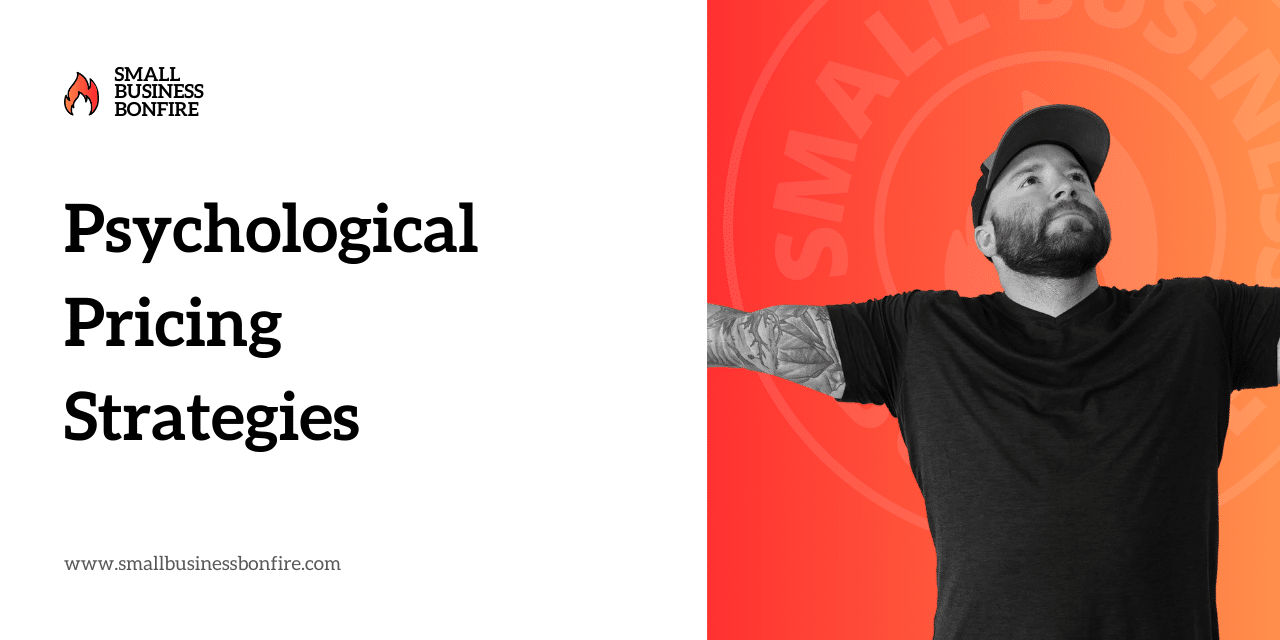In last week’s issue of the LFG, we discussed pricing your service perfectly.
In this week’s issue, I will do a deep dive into the psychology of pricing.
I will teach you how to use human psychology to your advantage when setting prices.
If you’re not using these pricing strategies, you’re:
- Leaving money on the table
- Devaluing your product or service
- Driving less sales
If you don’t want that, then read on!
Key Takeaways
- Psychological pricing strategies increase perceived value.
- Psychological pricing strategies encourage customers to spend more
- Psychological pricing strategies are easy to implement
- You can combine psychological pricing strategies
Why Does Pricing Psychology Matter?
Pricing psychology matters because it directly impacts consumer behavior.
Consumers don’t necessarily act logically when it comes to making purchasing decisions.
Instead, they are influenced by cognitive biases and the emotional value they assign to a product or service.
By leveraging these psychological principles, businesses can create more effective pricing strategies that subtly nudge customers toward purchasing.
Just by implementing a few of the strategies below, you can:
- Increase perceived value
- Encourage customers to spend more
- Boost customer satisfaction
7 Psychological Pricing Strategies
Here is a list of my favorite Psychological pricing techniques you can implement TODAY.
Price Anchoring
Price anchoring refers to the practice of establishing a reference point (the “anchor”) for a product’s price, which consumers then use to assess the value of other options.
It’s effective because consumers tend to rely heavily on the first piece of information offered when making decisions. E.G., a higher price.
This strategy works when showcasing pricing OR when on a sales call.
Charm Pricing
Charm pricing involves ending the price with .99 or .95 rather than a round number.
In their minds, consumers round .99 down to the nearest dollar amount.
That means they perceive a product priced at $4.99 to be closer to $4 than $5, making it seem like a bargain.
Decoy Pricing
Decoy pricing is a strategy where a company presents an option that is not meant to be chosen but serves to highlight the attractiveness of other choices.
The decoy price makes the target product appear more valuable, encouraging consumers to choose it over competing products.
Haven’t you ever been in a store and thought “Duh, it’s obvious which to choose”?
That might have been decoy pricing!
Artificial Time Constraints
Artificial time constraints involve creating a sense of urgency to prompt immediate purchase decisions.
Examples include limited-time offers or flash sales.
This strategy capitalizes on consumers’ fear of missing out, encouraging quicker buying decisions.
Price Slashing
Price slashing involves a significant reduction in the original price.
By showing both the original and the reduced price, businesses can highlight the value a customer is getting, increasing perceived value and encouraging purchases.
This strategy is interesting because the showcased price IS typically the price.
Price Appearance
The way a price appears can also influence purchasing decisions.
For instance, a price presented in a smaller font size or without a dollar sign can seem less daunting to consumers, subtly encouraging sales.
Or by removing the .00 from the end of a price, it can be perceived as less (because it’s got fewer numbers).
Innumeracy Pricing
Innumeracy pricing takes advantage of consumers’ struggle with processing numerical information.
For instance, “buy one get one free” deals may seem more attractive than simply 50% off, even though the value offered is the exact same.
Final Thoughts on Pricing Psychology
Pricing psychology is a powerful tool in the arsenal of any business owner.
Mastering it can be the difference between a product that just sits on the shelf and one that flies off it.
Remember, the aim is not just to manipulate but to create genuine value for the customer while maximizing your business’s profitability.
Until next week! LFG!
Newsletter Signup
Join The Leads Field Guide Newsletter for tips, strategies and (free) resources for growing your leads, and closing more deals.

